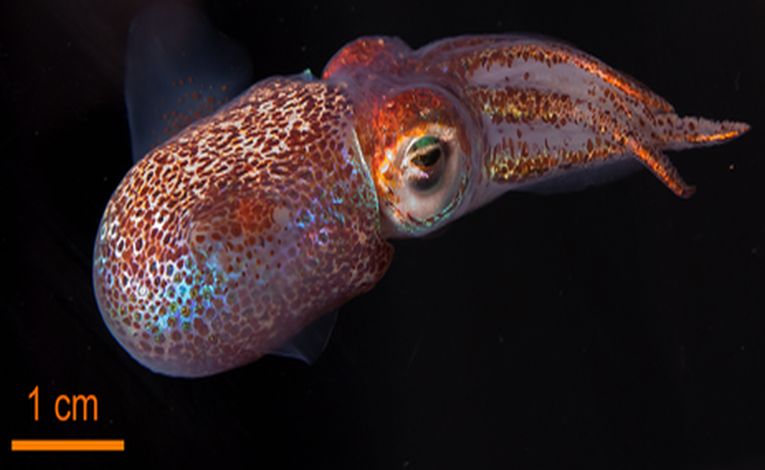The bobtail squid and the light-producing Vibrio have always been associated in a relatively loose symbiosis. In the same way, researchers have been using the pair for 25 years, as they attempt to understand how many of our own bacterial symbionts and other animals' partners relate to each other during their dual activity together. It is only recently that we have begun to understand the animal body as a new kind of "ecosystem."
Margaret McFall-Ngai of Wisconsin-Madison University in the US has written her paper in Divining the Essence of Symbiosis within the open-access journal, PloS One. She is part of a large team working long-term on these symbionts in at least 2 universities.
Euprymna scolopes and Vibrio fischeri are now a model of the symbiosis coevolution that was once considered rare. The squid and the bacterium are easily reared separately or together because they live naturally in Hawaiian lagoons, feeding on shrimp or feeding as a member of the bacterioplankton. When associated, the squid feeds the bacterium a sugar/amino acid solution and the Vibrio lives in the squid's mantle producing enough light to match overhead sunlight. The light then prevents a predator from seeing the tiny animal's silhouette.
When a baby squid hatches, it secretes mucus around 6 pores in its light-producing organ. This captures bacteria with the use of cilia and the correct Vibrio species is able to "out-compete" all other bacteria to occupy deep crypts in the squid's mantle area. A complicated host-symbiont dialogue is supposed by the authors to achieve this biochemical balancing act. A remarkable daily (circadian) rhythm, promoted by the bacterium, then keeps the partners synchronised for life, although the squid's part of the rhythm is to expel 90% of its guests after each night's hunting!
One of the most remarkable features of this joint light organ is that it can perceive light too. Like an eye, it uses rhodopsin, so that the light production can match external light (from above.) The inference from this research is that bacteria can control symbiotic organisms and have now been proved to do so in mammals. When we design germ-free facilities in future, the knowledge gained from symbiotic bacteria will probably help in determining environmental conditions while medical science needs to adjust to another "patient" in our gut when they operate. Some Vibrio could certainly shed some light on their subject.










